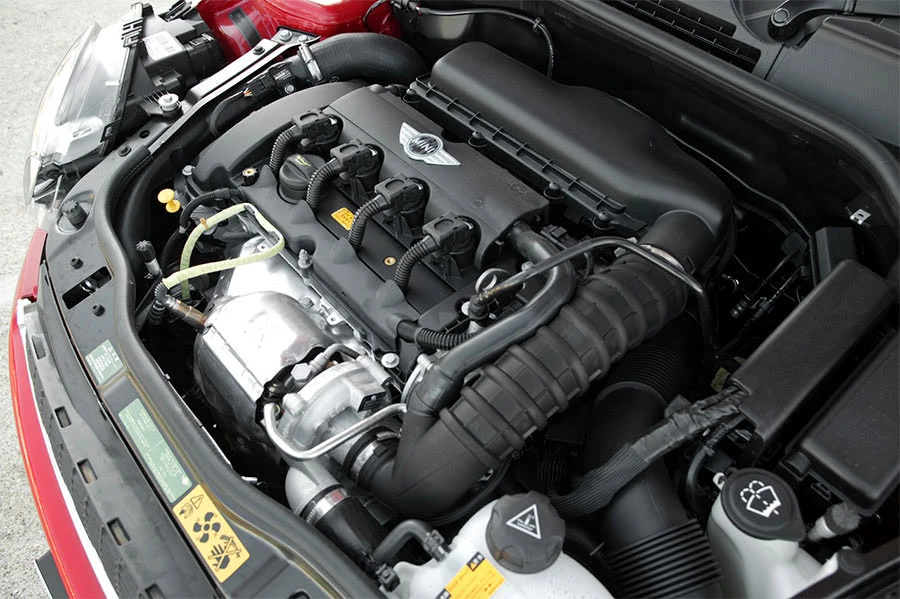As a crucial component in modern fuel-injected internal combustion engines, a mass air flow sensor is critical in engine performance and efficiency. The device measures the mass of air flowing into the engine, which is an essential measurement and allows the engine control unit to calculate the necessary fuel to maintain a proper air-fuel ratio. An accurate ratio ensures engine performance, reduced emissions, and fuel economy. There are several signs when an MAF sensor is bad.

1. Reduced Engine Performance
A faulty MAF sensor can either over or underestimate the amount of air entering the system, causing it to run rich or lean. When running rich, the unit reports to the ECU that more air is coming in than actually is, resulting in the ECU injecting more fuel than necessary. More fuel in the mix means your fuel economy is shot, and the engine does not perform as well as it should.
When running lean, the MAF sensor reports to the ECU that less air is entering the system than actually is, causing the ECU to inject less fuel than necessary. Less fuel in the system means your engine is weak and vulnerable to damage because it is essentially trying to run on air.
2. Excessive Smoke From the Exhaust
When the MAF sensor forces the engine to run rich, causing more fuel than necessary, the excess fuel doesn’t burn completely in the combustion chamber. The excess causes thick black smoke to billow out of the exhaust. If there is not enough fuel or when the air-fuel ratio is slightly off, your vehicle might experience incomplete combustion. In this instance, the smoke coming from the exhaust is white or blue.
Sometimes, inaccurate readings from the MAF sensor result from dirt and grime. You can try using CRC Mass Air Flow Sensor Cleaner 11oz to see if a clean sensor improves engine performance. However, when experiencing any warning signs on this list, you should take your vehicle to a mechanic for a checkup.
3. Rough Idling and Stalling
Beyond air-fuel imbalances, a bad MAF sensor may disrupt other functions related to idle air control and engine load calculations. For example, inaccurate air measurements can affect the idle air control valve, resulting in vibrations and idle RPMs that lead to rough idling. Also, faulty air data may confuse the ECU, especially during startups or sudden throttle position changes, causing the engine to stall.
While a bad MAF can cause all these issues, it is not the only potential culprit. Spark plugs, fuel injectors, and vacuum leaks can all mimic these issues when going bad. A qualified mechanic is the best person to speak to about your vehicle symptoms.
Therefore, while a bad MAF sensor can throw off your engine’s performance, you cannot be sure it is the sole cause. Using an electrical parts cleaner to address the issue may not resolve it, especially if the MAF sensor is not responsible. Contact a local mechanic and schedule a checkup to determine the true cause of your problems.













